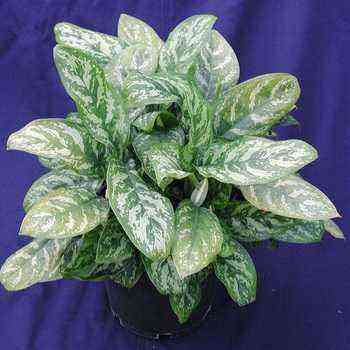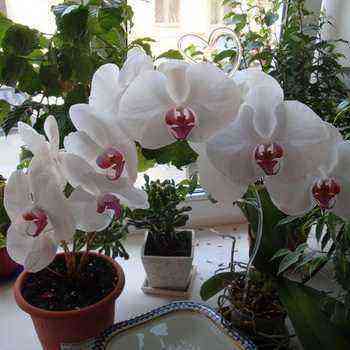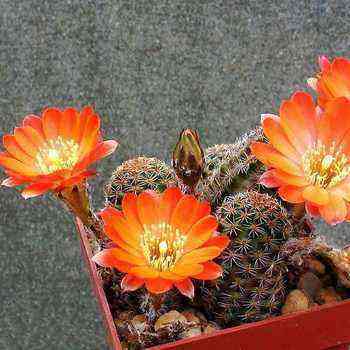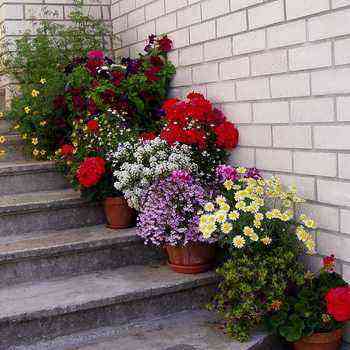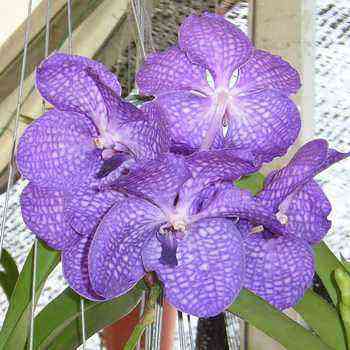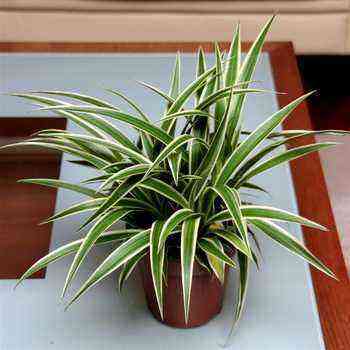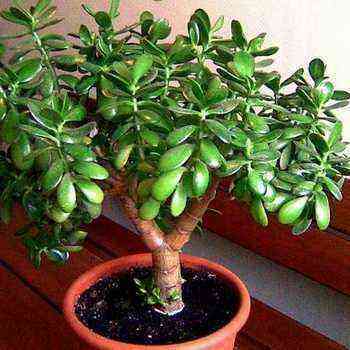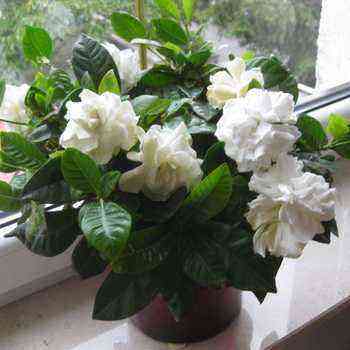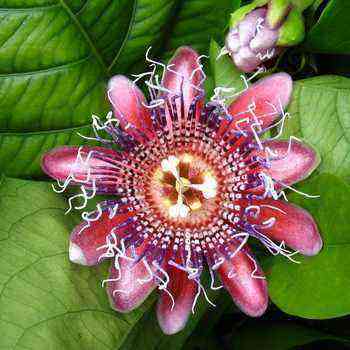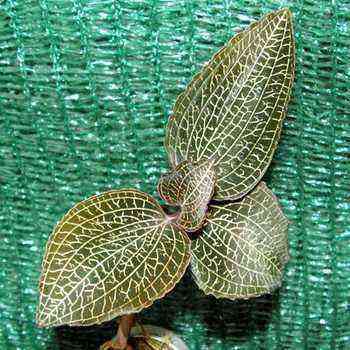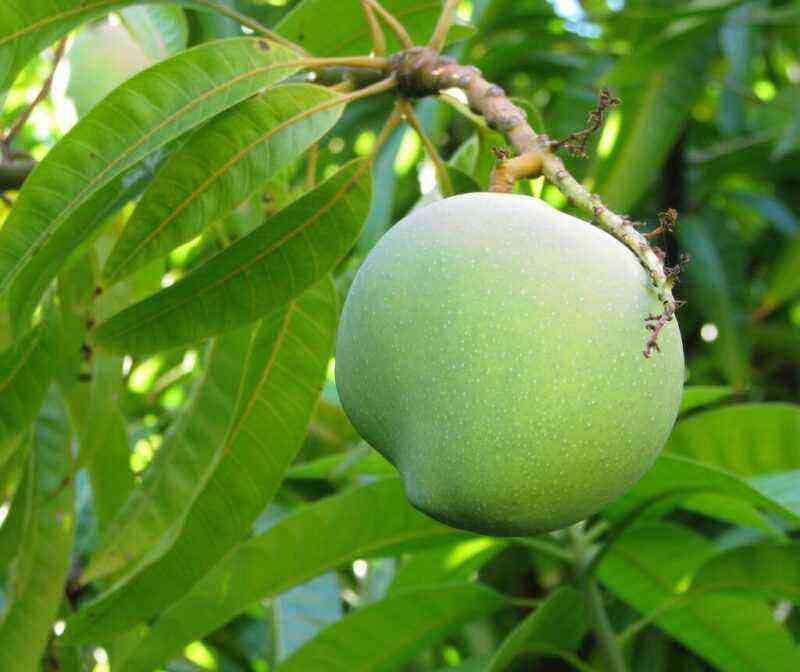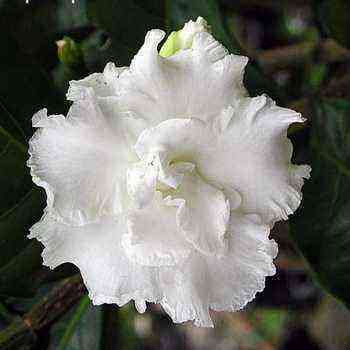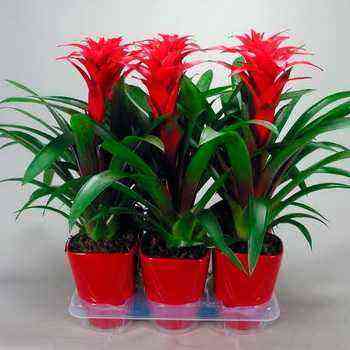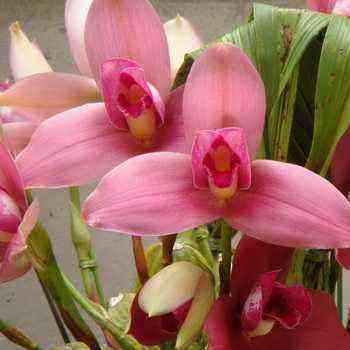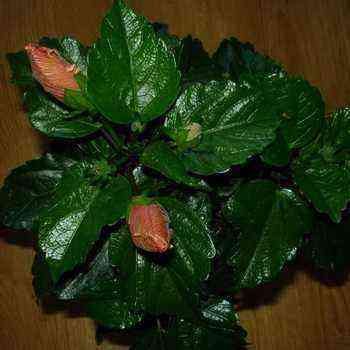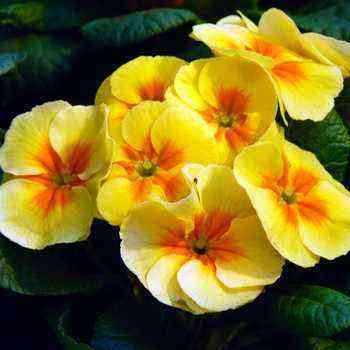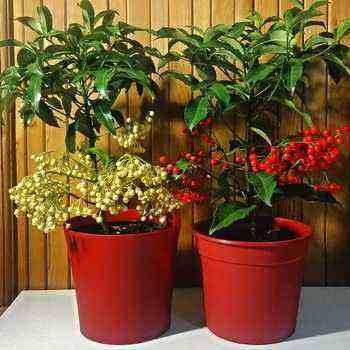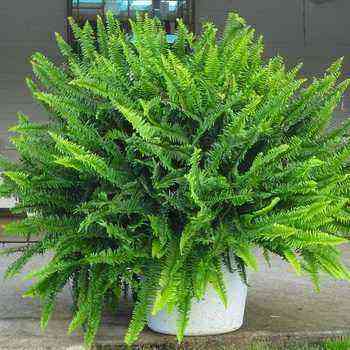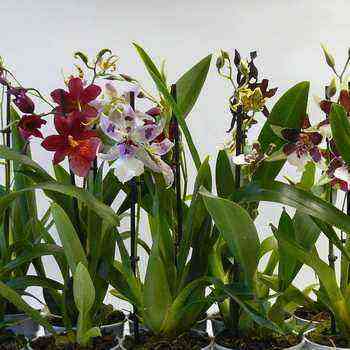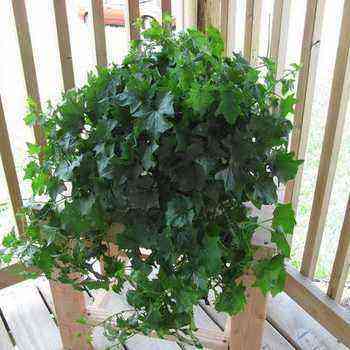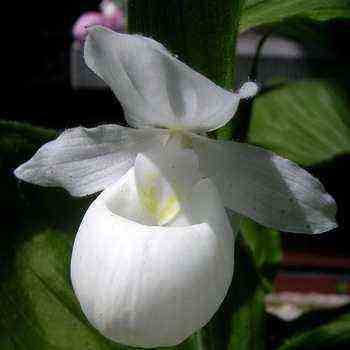 You won’t get much pleasure from indoor plants if you don’t know how to avoid the trouble of growing them. If you think that the problems of indoor plants are mainly related to pests and diseases, then you are mistaken. In most cases, indoor flowers do not grow due to the fact that they lack light, water, heat, humidity and nutrients. Or vice versa: the reason why indoor flowers do not grow is an excess of these factors.
You won’t get much pleasure from indoor plants if you don’t know how to avoid the trouble of growing them. If you think that the problems of indoor plants are mainly related to pests and diseases, then you are mistaken. In most cases, indoor flowers do not grow due to the fact that they lack light, water, heat, humidity and nutrients. Or vice versa: the reason why indoor flowers do not grow is an excess of these factors.
The first challenge is to select plants that can thrive under the conditions that you can provide. Buy healthy ones and learn to recognize the symptoms and causes of problems. Many plant problems can be eliminated if you respond quickly.
Pests of indoor plants and photos of pests of indoor plants
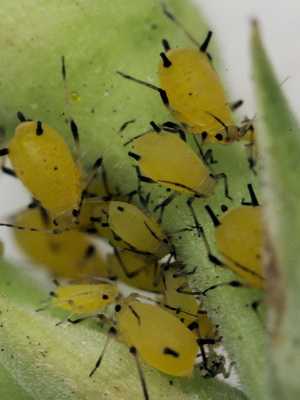

Aphid. These houseplant pests are small sucking insects, usually green, but can be black, gray, or orange. Houseplant pests damage all soft tissue plants, shoot tips and buds. Flowering pot plants are especially susceptible. The plant is weakened and covered with a sticky bloom. Spray indoor plant insecticide.
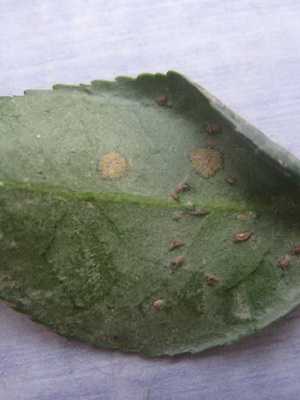
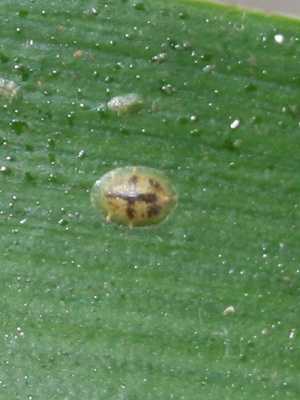
Shchitovka. As you can see in the photo, these indoor pests are small brown discs attached to the underside of the leaves. These immobile adult insects are protected from aerosols by outer wax shells, but they can be removed with a damp cloth or cotton swab. If the plants are heavily infected, the leaves turn yellow and become covered with a sticky bloom – elimination is difficult or impossible.
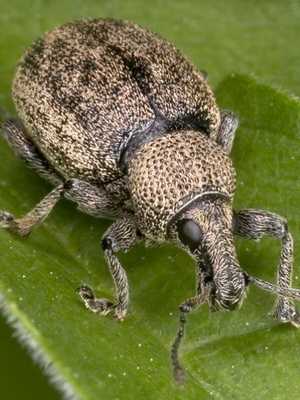

Grape elephant. Adults attack the leaves, but the real damage is done by the larvae. Pay attention to the photo: the larvae of pests of indoor plants are cream in color and reach a length of 3 cm. They live in compost and quickly devour roots and bulbs. By the time the plant begins to wilt, the roots will be severely damaged. Using insecticides at home is not practical.
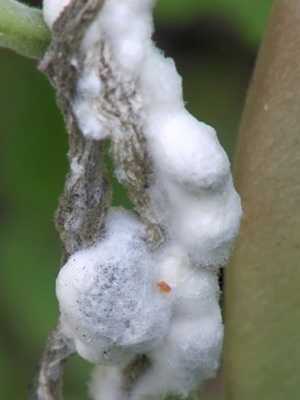

Gray rot. Gray downy mildew that can cover leaves, stems, buds and flowers if the area is cool, damp, and poorly ventilated. All soft-leaved plants are affected, especially begonia, cyclamen and saintpaulia. Cut off all affected parts. Reduce watering and spraying of other plants and improve ventilation.

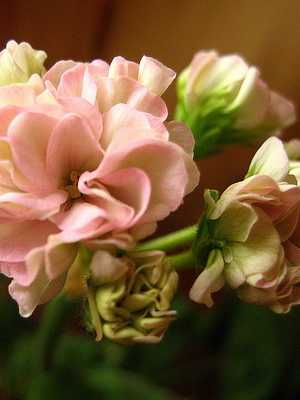
Stem rot. Part of the stem or root collar is soft and rotten. The affected area at the base of the plant is called basal rot. The fungus usually kills the plant and should be thrown away. You can try to preserve the plant by cutting off any diseased tissue. In the future, avoid over-watering, poor ventilation, and keeping the plant in an area that is too cold.
Why indoor flowers do not grow and flowering is absent
Poor growth in winter is normal for almost all plants, so don’t force it to grow. In summer, the most likely reason why indoor flowers do not grow is a lack of nutrition, excessive watering, or too little lighting. If these factors are excluded and the temperature is within the recommended range, then the plant is likely to need replanting.
Dry air, insufficient watering, too low light, pot movement, and insect damage to plants are the most common reasons for not blooming or budding. Lack of light and inappropriate length of day are the most likely reasons for not blooming. Other reasons are overfeeding and dry air.
Why do the leaves of indoor plants dry
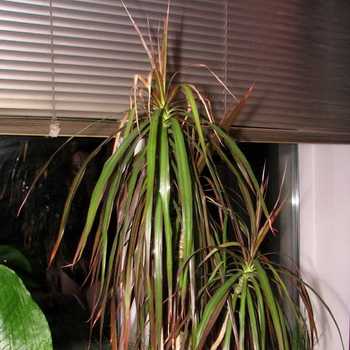 The obvious reason why the leaves of indoor plants dry out is dry soil due to insufficient watering. It can also be caused by waterlogging of the compost due to poor drainage or over-watering, too bright light (especially if wilting occurs at noon), dry air, too much heat, a cramped pot, or pest infestation.
The obvious reason why the leaves of indoor plants dry out is dry soil due to insufficient watering. It can also be caused by waterlogging of the compost due to poor drainage or over-watering, too bright light (especially if wilting occurs at noon), dry air, too much heat, a cramped pot, or pest infestation.
Rapid leaf fall without a period of wilting or discoloration is usually associated with a shock to the plant. There may have been a large drop or rise in temperature, a sharp increase in daytime light intensity, or a severe cold draft. Dryness at the roots can lead to sudden loss of leaves in woody plants.
If the leaves have brown tips rather than edges, dry air is the most likely cause. If the edges are yellow or brown, there are many possible causes – over and under watering, too little light, too much sun, too much heat, overfeeding, dry air, or drafts.
